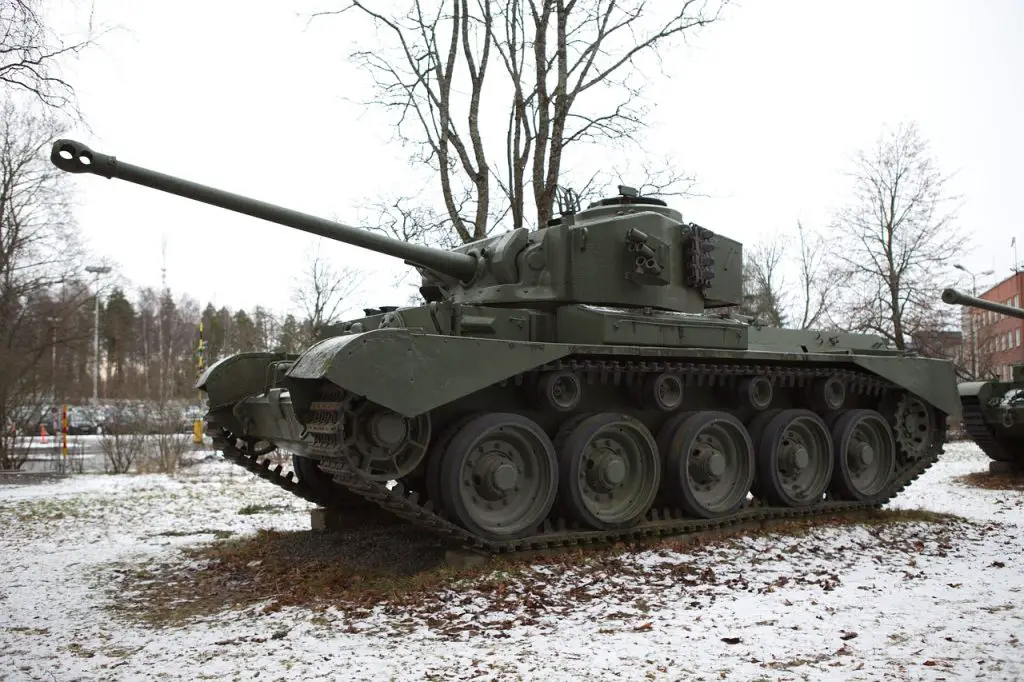Overview
Introduction to the Renaissance
The Renaissance, which took place from the 14th to the 17th century, was a period of profound cultural and intellectual change in Europe. It marked the transition from the medieval period to the modern era and was characterized by a renewed interest in the arts, sciences, and humanism. Artists during this time embraced realism and perspective, creating masterpieces that depicted the beauty of the natural world. Scientists made groundbreaking discoveries in fields such as astronomy, physics, and anatomy, challenging long-held beliefs and paving the way for modern scientific thought. The Renaissance also saw the birth of printing press, which revolutionized the spread of knowledge and ideas. This period of innovation and creativity laid the foundation for the birth of modernity and continues to inspire and influence the world today.
Key Characteristics of the Renaissance
The Renaissance was a period of immense cultural and intellectual change that took place in Europe between the 14th and 17th centuries. It was characterized by a renewed interest in the arts, sciences, and humanism, marking a departure from the medieval period. Explaining art history with perspective was one of the key innovations of the Renaissance. This technique allowed artists to create more realistic and lifelike representations of the world by using mathematical principles to accurately depict depth and spatial relationships. The introduction of perspective revolutionized the way art was created and experienced, leading to a greater emphasis on observation, anatomy, and scientific inquiry in artistic practice.
Impact of the Renaissance on Society
The Renaissance was a period of immense cultural and intellectual transformation that had a profound impact on society. It marked a shift from the medieval to the modern world, and it was characterized by a renewed interest in the arts, sciences, and humanism. One of the key developments during this time was the rise of the vernacular languages, such as English, as a means of communication and expression. This led to a democratization of knowledge and a broader dissemination of ideas. The printing press, invented by Johannes Gutenberg in the mid-15th century, played a crucial role in this process by making books more accessible and affordable. As a result, literacy rates increased, and people were able to engage with a wider range of ideas and perspectives. The Renaissance also saw the emergence of new social structures and institutions, such as universities and academies, which fostered the exchange of knowledge and the development of new ideas. Overall, the impact of the Renaissance on society was far-reaching and laid the foundation for the birth of modernity.
Artistic Revolution

The Rediscovery of Classical Art
The Renaissance period witnessed a profound shift in artistic expression as artists rediscovered the beauty and techniques of classical art. This revival of interest in the art of ancient Greece and Rome brought about a revolution in the art world, leading to the birth of modernity. Artists during this time sought to capture the essence of human emotion and the natural world, employing perspective, proportion, and realism in their works. They studied the works of renowned classical artists such as Leonardo da Vinci, Michelangelo, and Raphael, and incorporated their techniques into their own creations. The rediscovery of classical art not only influenced the visual arts but also had a significant impact on other aspects of society, including science, philosophy, and architecture. It marked a turning point in history, propelling humanity towards a new era of creativity and intellectual exploration.
Innovation in Painting Techniques
During the Renaissance, there was a remarkable revival in painting techniques that revolutionized the art world. Artists like Leonardo da Vinci and Michelangelo experimented with new methods and materials, pushing the boundaries of what was thought possible. One of the key innovations was the development of oil painting, which allowed for greater depth and detail in the artwork. This technique involved mixing pigments with oil, creating a smooth and vibrant finish. Another important advancement was the use of perspective, which gave paintings a sense of depth and realism. Artists began to understand the principles of vanishing points and the effects of light and shadow, creating more lifelike and immersive artworks. Furthermore, the Renaissance saw a matchmaking of art and science, as artists collaborated with mathematicians and anatomists to accurately depict the human form and capture the beauty of nature. This interdisciplinary approach led to a new level of precision and accuracy in paintings. The Renaissance revolutionized the art world, merging artistic expression with scientific knowledge and paving the way for the birth of modernity.
The Role of Patrons in Artistic Development
During the Renaissance, patrons played a crucial role in the development and flourishing of art. These wealthy individuals, including nobles, merchants, and the church, provided financial support and commissioned works of art from talented artists. In return, the artists created masterpieces that not only showcased their skills but also reflected the values and aspirations of the patrons. The patronage system allowed artists to focus on their craft without worrying about financial constraints, leading to the creation of iconic works such as Leonardo da Vinci’s Mona Lisa and Michelangelo’s David. Moreover, patrons often served as influential figures in the artistic community, shaping the direction of artistic movements and promoting innovative ideas. Their patronage not only transformed the art world but also contributed to the birth of modernity by fostering a culture of creativity, exploration, and intellectual exchange.
Scientific Advancements

The Scientific Method and Empirical Observation
The scientific method, with its emphasis on empirical observation and systematic experimentation, emerged as a revolutionary approach to understanding the natural world during the Renaissance. This method, often attributed to Francis Bacon, is considered the modern father of modern science. It marked a departure from the reliance on ancient authorities and speculative reasoning that had characterized the medieval period. Instead, the scientific method emphasized the importance of observation, measurement, and reproducibility in order to establish reliable knowledge. Through the use of controlled experiments and the collection of empirical data, scientists were able to develop theories and test them rigorously. This shift towards empirical observation and experimentation laid the foundation for the birth of modernity, as it allowed for the advancement of knowledge in various fields, including physics, astronomy, and biology.
Revolutionary Discoveries in Astronomy
During the Renaissance, there were several revolutionary discoveries in the field of astronomy that challenged the prevailing Theories of Ethiopian Modernization. Astronomers such as Nicolaus Copernicus and Galileo Galilei proposed a heliocentric model of the universe, which stated that the Earth revolves around the Sun. This was a radical departure from the geocentric model that had been accepted for centuries. Copernicus’s book, De Revolutionibus Orbium Coelestium, presented mathematical calculations and observations that supported his theory. Galileo, using his newly invented telescope, made further observations that confirmed the heliocentric model and provided evidence for the existence of moons orbiting Jupiter. These discoveries not only revolutionized our understanding of the cosmos but also challenged the authority of the Church, which had long held the geocentric view as the truth.
Advancements in Anatomy and Medicine
During the Renaissance, there were significant advancements in the fields of anatomy and medicine that revolutionized the understanding of the human body and laid the foundation for modern medical practices. Leonardo da Vinci played a crucial role in this revolution with his meticulous anatomical drawings and observations. His detailed studies of the human body, including muscles, bones, and internal organs, provided valuable insights into the structure and function of the human anatomy. These groundbreaking discoveries challenged the prevailing beliefs of the time and paved the way for a more scientific approach to medicine. Another notable figure of the Renaissance period was Andreas Vesalius, whose influential work ‘De humani corporis fabrica’ (On the Fabric of the Human Body) revolutionized the study of anatomy. Vesalius emphasized the importance of direct observation and dissection of human cadavers, which was a departure from the reliance on ancient texts that had previously dominated medical education. His work not only corrected many common errors in anatomical knowledge but also set new standards for anatomical illustration and accuracy. These advancements in anatomy and medicine during the Renaissance laid the groundwork for the development of modern medical practices and marked a significant shift towards evidence-based knowledge and scientific inquiry.
Birth of Modernity

The Renaissance and the Reformation
The Renaissance was a period of great cultural and intellectual change in Europe, spanning from the 14th to the 17th century. It was a time of rebirth and revolution, marked by a renewed interest in the arts, sciences, and humanism. The Renaissance saw a shift from the medieval worldview to a more secular and human-centered perspective. This period witnessed the rediscovery of ancient Greek and Roman texts, which challenged the prevailing myth vs history dichotomy. Scholars and artists began to question traditional beliefs and explore new ideas, leading to groundbreaking advancements in various fields. The Reformation, a religious movement led by Martin Luther, further contributed to the transformation of society during the Renaissance. The Protestant Reformation challenged the authority of the Catholic Church and emphasized the importance of individual faith and direct relationship with God. This period of religious upheaval and intellectual exploration laid the groundwork for the birth of modernity.
The Printing Press and the Spread of Knowledge
The invention of the printing press in the 15th century revolutionized the way information was disseminated and played a crucial role in the spread of knowledge during the Renaissance. Prior to the printing press, books were painstakingly copied by hand, making them expensive and time-consuming to produce. With the printing press, books could be mass-produced quickly and at a lower cost, making them more accessible to a wider audience. This led to an explosion of knowledge as ideas could now be shared and circulated more widely. The printing press also played a key role in the dissemination of scientific discoveries, enabling scientists to publish their findings and share them with others. As a result, the printing press became a powerful tool in the advancement of both art and science, paving the way for the birth of modernity.
Legacy of the Renaissance in Modern Society
The European Renaissance was a transformative period in history that had a profound impact on modern society. It marked a shift from the medieval worldview to a more humanistic and scientific approach. The Renaissance revolutionized art, science, and philosophy, laying the foundation for the birth of modernity. Important details about the European Renaissance include the revival of classical learning, the development of perspective in art, and the exploration of new scientific ideas. These advancements paved the way for the Enlightenment, the Industrial Revolution, and the modern age of technology and innovation. Today, we continue to see the influence of the Renaissance in various aspects of our lives, from the appreciation of art and beauty to the pursuit of knowledge and the celebration of human potential.
Conclusion
In conclusion, the Renaissance was a period of immense cultural and intellectual transformation that laid the foundation for the modern world. The importance of the 17th century cannot be overstated, as it was during this time that groundbreaking advancements in art, science, and philosophy took place. Artists like Leonardo da Vinci and Michelangelo revolutionized the field of art, creating masterpieces that still captivate audiences today. In the realm of science, figures like Galileo Galilei and Isaac Newton made groundbreaking discoveries that challenged traditional beliefs and paved the way for modern scientific thought. The Renaissance was a time of exploration and curiosity, where individuals sought to understand the world around them through observation and experimentation. This spirit of inquiry and innovation continues to shape our understanding of the world today.
Avid Writer with invaluable knowledge of Humanity!
Upcoming historian with over 30 million views online.
“You make your own life.”





